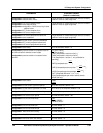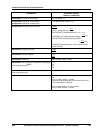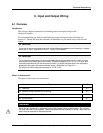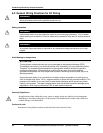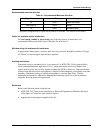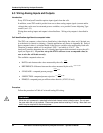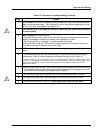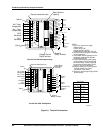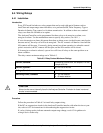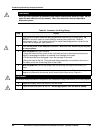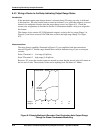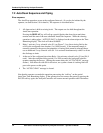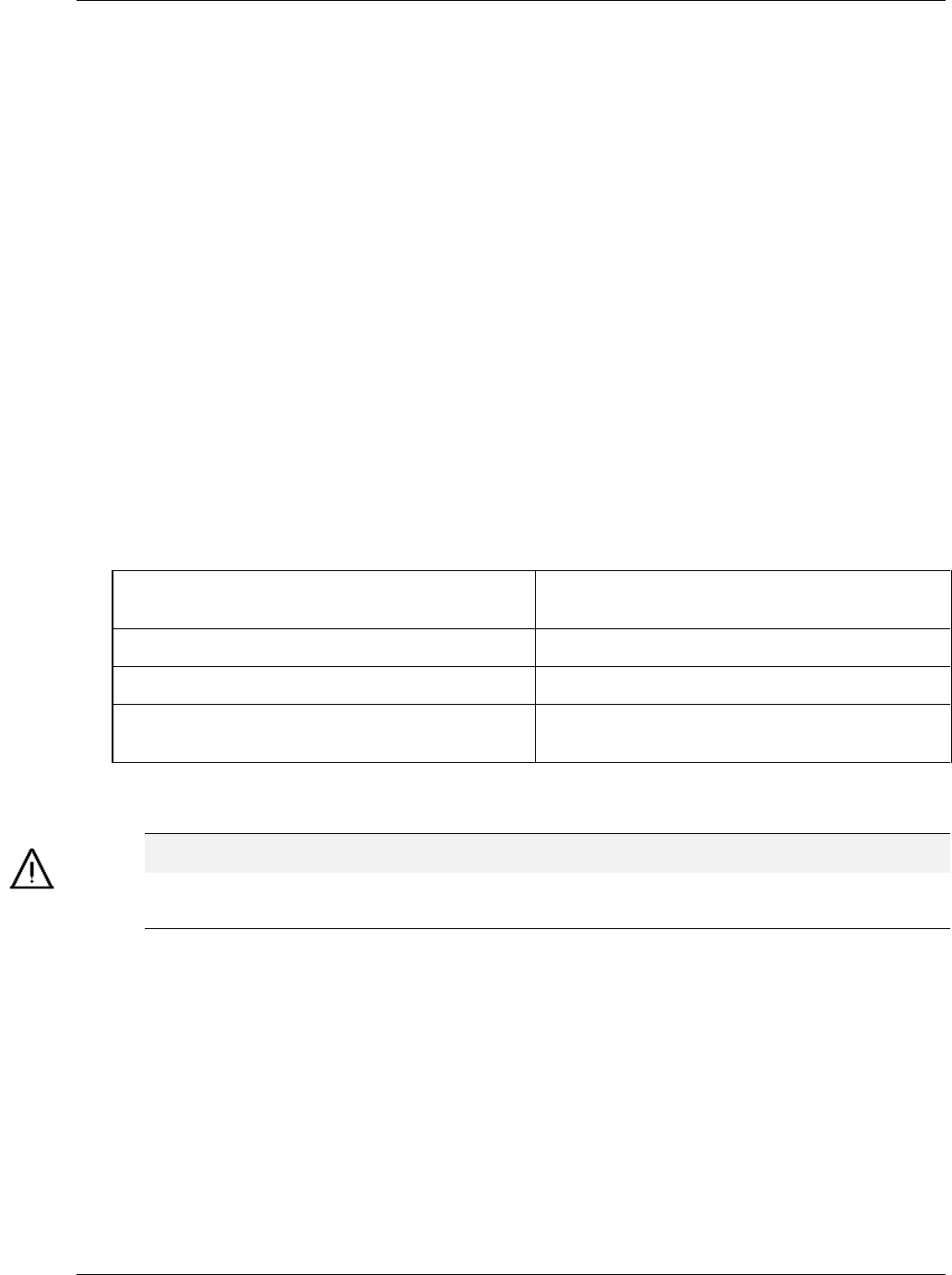
Input and Output Wiring
7/99 9782 Series Conductivity/Resistivity Analyzer/Controller - Operator’s Manual
6-7
6.4 Wiring Relays
6.4.1 Installation
Introduction
Every 9782 model includes two relay outputs that can be used with special features such as
AutoClean and output range status indication, or to perform On/Off, Pulse Frequency Type or
Duration Adjusting Type control, or for alarm annunication. In additon to these two standard
relays, two more are available as an option.
The Analyzer/Controller can be programmed for these relays to de-energize on alarm, or to
energize on alarm. Use the maintenance menu to specify relay action. (see 10.11.)
If set to de-energize on alarm, this means that when an alarm occurs (or the discrete control point
becomes active), the relay coil will be de-energized. The NC contacts will then be closed and the
NO contacts will be open. Conversely, during normal non-alarm operation (or when the control
point is not active) the NC contacts will be open, and the NO contacts will be closed.
If de-energize on alarm is selected, a power loss will force all relays to the same position as an
alarm condition.
The relay contact maximum ratings are in Table 6-3.
Table 6-3 Relay Contact Maximum Ratings
Current, Standard:
0.6 amps at 120/240 Vdc, 0.6 amps at 110 Vdc,
2 amps at 30 Vdc
Current, Optional:
3A, 120 Vac or 28 Vdc
Voltage, Standard:
120/240 Vac
Switching Power, Standard:
ac - 125 VA resistive
dc - 60 watts resistive
CAUTION
Alarm circuits are not internally fused in the Analyzer/Controller. Provision for fuses in external
circuits is recommended.
Procedure
Follow the procedure in Table 6-3 to install relay output wiring.
If the RC arc suppression circuits in the Analyzer/Controller interfere with other devices at your
site, refer to 6.4.2 for instructions for disconnecting the suppression circuits.
If a relay is being used to indicate automatic output range change, see 6.4.3 for guidance in
wiring a device to the relay.



